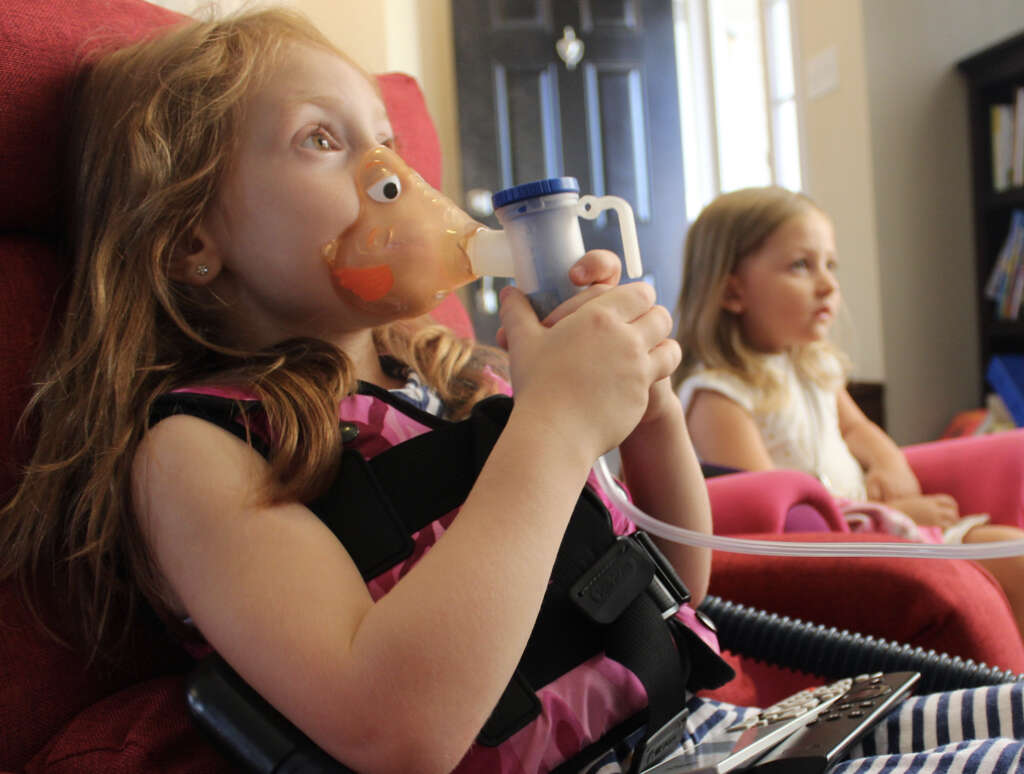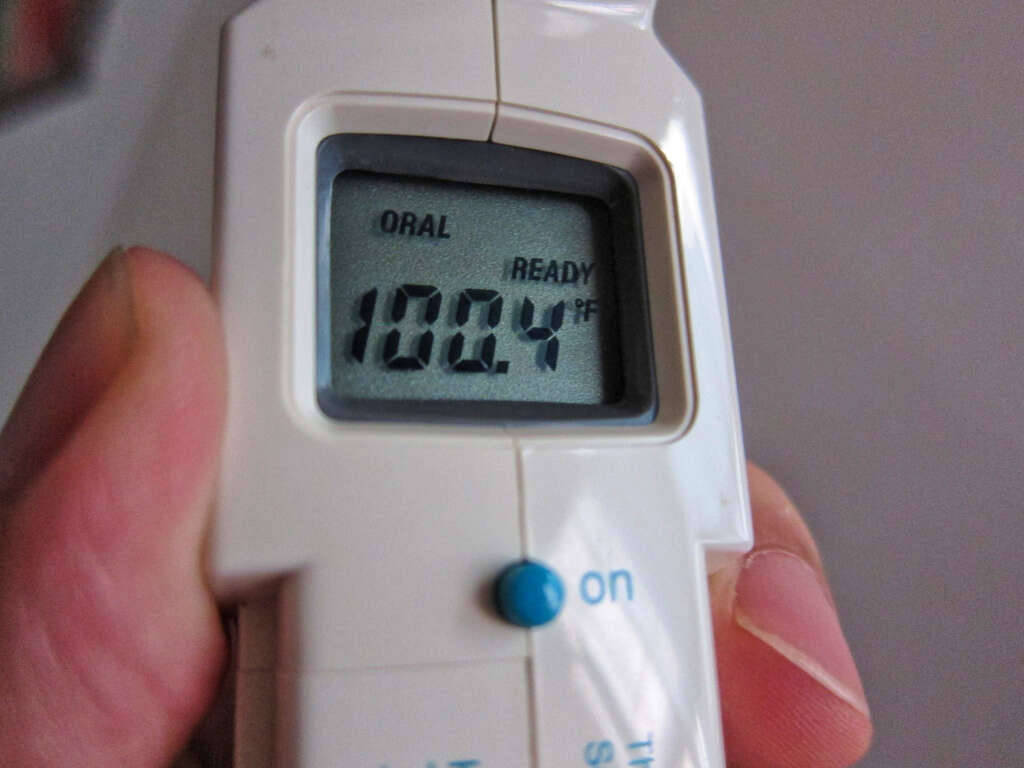10 Causes of Sinus Infection
A sinus infection, or rhinosinusitis, is an infection affecting the sinuses. Viruses are usually the ones to be blamed, even though a sinus infection can be caused by bacteria, and occasionally by fungi.
Sinus infections can be either acute or chronic. Acute sinusitis lasts no longer than 4 weeks and follows a common cold or an infection of the upper respiratory tract. On the other hand, chronic sinusitis lasts longer than 12 weeks and often tends to reoccur.
Common signs and symptoms of a sinus infection are sinus pain, headache, nasal congestion, nasal discharge, postnasal drip, cough, a hoarse voice, sore throat, and fever. Below are 10 causes of a sinus infection.

Cause #1: Respiratory Tract Infections
Respiratory tract infections are mostly infections of the upper part of the respiratory system, which are caused by an acute infection involving the nose, the sinuses, the pharynx, or the larynx and can lead to sinus infections or sinusitis. These infections usually occur from September until March, even though you can end up with a common cold at any time of the year.
Common signs and symptoms include a stuffy or runny nose, scratchy or sore throat, sneezing, coughing, and fever. If the signs and symptoms don’t resolve within 1 week, and if they continue or get worse, then there is a great possibility that a sinus infection has developed.

Cause #2: Allergies
Allergies are one of the possible sinus infection causes. Sinusitis due to an allergy is more common in early childhood due to exposure to animal dander, pollen, dust, and smoke. Those who have a family history for allergic sinusitis have a greater risk of suffering from it. It can be either acute or chronic. Acute allergic sinusitis lasts no longer than 4 weeks, while chronic allergic sinusitis lasts more than 8 weeks.
Allergic sinusitis signs and symptoms include nasal congestion, post nasal drip persisting for more than two weeks, itchy nose, throat, and eyes, sleep problems such as insomnia, reduced sense of smell and taste, headache, tenderness, and pressure and swelling around the forehead, cheeks, nose, and between the eyes.

Cause #3: Nasal Polyps
Nasal polyps are noncancerous growths within the lining of the nasal passage or sinuses. They are soft and not painful, usually hanging down as teardrops or grapes. Nasal polyps develop as a result of chronic inflammation because of immune disorders, allergies, recurrent infections, asthma, and drug sensitivity.
Nasal polyps can vary in size. While small nasal polyps may not cause any signs and symptoms, large nasal polyps may block the normal nasal passage, leading to various problems including breathing problems, frequent upper respiratory tract infections, and a loss of the sense of smell. Nasal polyps occurring on the nose or in the sinuses can both cause a sinus infection.

Cause #4: Deviated Septum Nasi
A deviated septum nasi is a condition where the nasal septum or the bone and the cartilage that divide the nasal cavity of the nose in two halves is crooked or significantly off the center. It is believed that about 80% of people worldwide have some sort of nasal septum deviation without knowing about it and without having no symptoms or only minimal symptoms.
The most common symptom of a deviated septum nasi is nasal congestion. In these cases, one side of the nose is more congested than the other, which will lead to difficulties breathing as well. If you have recurrent sinus infections, then a deviated septum might be the cause.

Cause #5: Cystic Fibrosis
Cystic fibrosis is a genetic disorder that usually affects the lungs, the pancreas, the liver, the kidneys, and the intestines. It is a progressive disease due to a mutation of the transmembrane conductance regulator gene CFTR, which makes the CFTR protein dysfunctional. In these cases, the chloride is not able to move normally from the inner side of the cell to the surface, which makes the mucus become thicker and sticky.
Acute and chronic sinus infections are a common complication of cystic fibrosis that can cause significant signs and symptoms and, in some cases, they can make the lung disease even worse. Most patients with cystic fibrosis suffer from infection and inflammation of all the sinuses, a condition otherwise known as pansinusitis. Signs and symptoms of sinus infection caused by cystic fibrosis include nasal congestion, post nasal drip, coughing, a constant need to clear the throat, severe bad breath, headaches, and fever.

Cause #6: HIV
Immunocompromised states can make patients more susceptible to infections. HIV is a known condition that causes our immune system not to work properly, giving rise to an increase in opportunistic infections.
Patients with HIV have a higher rate of upper respiratory tract infections and sinusitis is one of them.

Cause #7: Sinus Anatomy
A sinus is an air-filled cavity located within the skull. There are four paired sinus cavities as follows: frontal sinus cavities, maxillary sinus cavities, sphenoid sinus cavities, and ethmoid sinus cavities.
About 10% of people have an extra sinus, which narrows the transitional space, increasing the possibility of developing a sinus infection. Also, some people have an anatomical variation, which makes their transitional space longer and narrower, predisposing them for sinus infections too.

Cause #8: Dental Infections
Another possible cause of sinus infections are dental problems. The maxillary sinus, which is also the largest of the sinuses, is usually involved due to the fact that it is located very close to the maxillary teeth. Any problem with maxillary teeth allows the infection to spread easily to the maxillary sinus.
According to some estimates, odontogenic sinusitis, the one originating from teeth, is thought to account for up to 40% of all maxillary sinusitis cases. Sinusitis is also common following dental surgery when the Schneiderian membranes are ruptured.

Cause #9: Smoking
Smoking is known to do a lot of harm to your health but did you know that smoking can contribute to sinus infection as well? Smoking will change the inner lining of your nasal passages.
Cilia, which move back and forth and help prevent infection by sweeping away any foreign particles, will not function normally. Without the normal movement of the cilia, mucus will start to build up in the nasal passages. Eventually, these harmful bacteria and viruses will make their way to the sinus cavities, leading to sinus infections. One of the best things you can do for your body is to quit smoking immediately.

Cause #10: Atmospheric Pressure Changes
Sinuses are air-filled spaces in the head. In cases when the outside air pressure drops, the air that is trapped inside the sinuses wants to get out, leading to pain.
In normal situations, the passages should be open and the air would be able to travel in and out of the sinuses in cases of atmosphere pressure changes without a problem. However, this is not the case when there is already a problem with the sinus cavities or the upper respiratory system. If you already have preexisting sinus disease, any atmospheric pressure change will just make your condition worse, triggering sinus pain.










